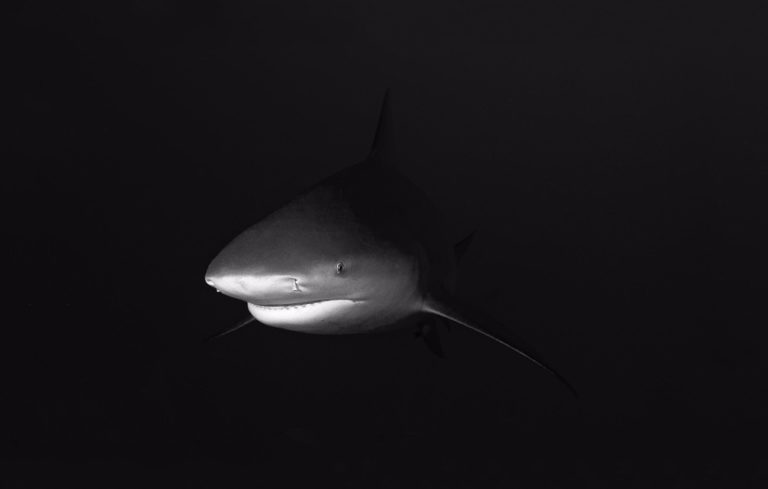Shark attacks on divers and other water-users are comparatively rare, but according to a new scientific study there is one natural factor that might make them more likely to occur – the effects of the Moon.
A team at Louisiana State University (LSU) in Baton Rouge has just published research based on analysis of 55 years’ worth of comprehensive shark-attack data, and has concluded that the fuller the lunar phases, the higher the level of attacks.
Also read: Snorkeller loses foot to shark in TCI
The “lunar effect”, a correlation between phases of the Moon and animal and plant activity, has long been noted through evidence that gravitational tides affect sleep, movement and growth of terrestrial species, but how this happens remains unclear.
However, the scientists say that in their study the correlation between light levels and shark attacks was clear, with a higher-than-average incidence of attacks during periods of higher lunar illumination and fewer when less moonlight was available.
The work was based on the data collected between 1960 and 2015 for the International Shark Attack File at the Florida Museum of Natural History at the University of Florida. But it seems that the connection with lunar phases is not necessarily a case of “dangerous moonlight”.
“It’s not a matter of more light at night for sharks to see,” explains Steve Midway, LSU associate professor and a researcher on the project. “Most shark attacks occur in the daylight. However, the Moon can exert other forces on Earth and its oceans in ways that are much more subtle – for example, the gravitational pull that we see affect the tides.”
Surfers in the sea
It also remains possible that the lunar effect derives from human rather than shark activity. For example, surfers are a group most likely to be affected by shark attacks, which often occur at the surface when the animals mistake them for natural prey. However, the best wave conditions tend to occur around full moon, so it could be that the sheer number of surfers in the sea at those times boost the likelihood and incidence of attacks.
While the scientists stress that it is therefore too early to draw definite conclusions, they say that their research is a move towards better understanding of shark attacks – and could help in forming recommendations to make ocean-based recreational activities safer.
“The abundance of data we have would suggest that there is something there that’s worth continuing to look at,” says Midway. The study is published in the journal Frontiers in Marine Science.
20 Jan 22

